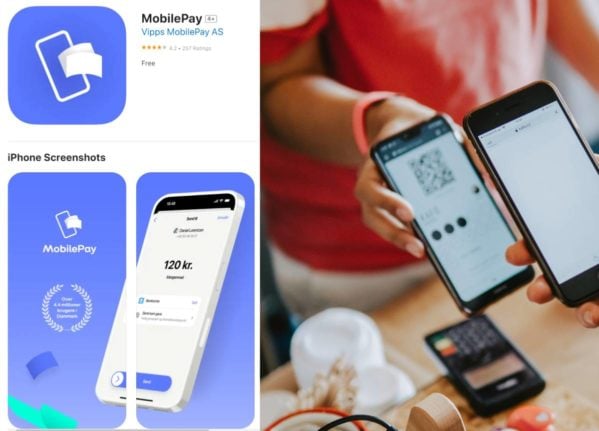Interest rates have been steadily rising in Norway over the past 18 months. The current key policy rate set by Norges Bank is 3.75 percent.
For those with loans and mortgages, this means interest charges in the region of four percent. However, banks have been a lot slower in applying the increased interest rates to those with savings accounts.
This is despite banks like DNB making large profits from interest charged to customers. Norwegian banks made around 103.3 billion kroner in interest income in 2022, public broadcast NRK reports.
“Deposit customers have become a cash cow for the banks. Many banks are quick to increase the lending rate when the key rate rises. But now many are delaying increasing the deposit rate, or only partially increasing it,” Jorge Jensen from the consumer rights watchdog, the Norwegian Consumer Council, told NRK.
Are Oust, a professor of financial economics at the Norwegian University of Science and Technology (NTNU), said that this was a common tactic from banks to increase profit margins.
“By increasing the lending rate faster or more than the deposit rate, the banks’ net interest margin increases,” he said.
Hallgeir Kvadsheim, a consumer economist, said banks were taking advantage of customers not seeking out the best deal often enough.
“I understand that the banks operate as they do. They take advantage of the fact that customers are lethargic. This applies in particular to some of the large banks. We as consumers have to toughen up and change banks more often,” he said.
The Consumer Council recommends that customers use comparison services in order to try and get the best deal on interest rates.
“Far too many people do not use their customer power. There is a lot of money to be made from making a phone call to the bank,” Jensen said.



 Please whitelist us to continue reading.
Please whitelist us to continue reading.
Member comments